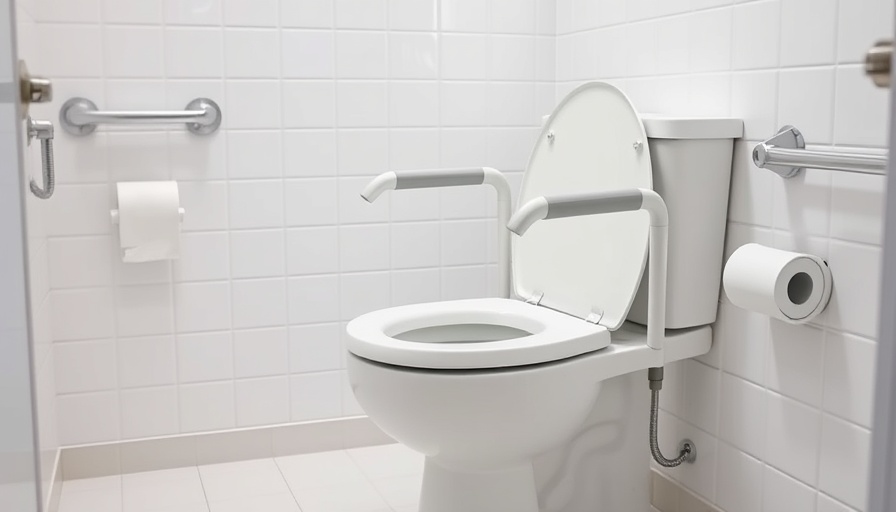
Understanding Raised Toilet Seats: A Necessity for Seniors
As we age, our mobility may decline, and simple daily tasks can become challenges. Among these, using the bathroom can be particularly difficult for seniors dealing with health issues like arthritis, hip replacements, or general mobility impairments. Raised toilet seats are a game-changer that not only enhance comfort but also improve safety by reducing the risk of falls. In this article, we’ll explore the best local options for raised toilet seats available in Ocean County, ensuring our seniors maintain their dignity and comfort.
Key Considerations for Selecting the Right Raised Toilet Seat
Choosing the right raised toilet seat is essential for maximizing its benefits. Height is a primary factor; these seats typically range from 2 to 6 inches. Seniors with knee or hip problems may prefer higher seats for ease of transfer, while others with varying mobility levels might select medium heights for balance. Additionally, considering weight capacity is crucial. Many models support standard weights, but extra caution is necessary for those needing robust support.
Materials matter, too—options vary from plastic to cushioned wood. It's vital to select a seat that is both comfortable and durable, particularly for ease of cleaning and maintenance, which is paramount for hygiene. Installation should be straightforward; many models are designed for tool-free assembly and often come with armrests for added stability.
Discover Local Options for Raised Toilet Seats in Ocean County
In Ocean County, a wealth of local retailers caters to the needs of seniors seeking raised toilet seats. One notable establishment is Surf Medical Equipment in Brick, known for its extensive selection of brands. This allows customers to choose tailored options that best fit their unique requirements.
Another excellent choice is Ocean Home Health Care in Toms River, celebrated for its personalized service. They not only provide free consultations but also rentals for seniors recovering from surgery, making the transition smoother and user-friendly.
For those seeking convenience and affordability, Walmart offers various options online and in-store. Their health department stocks raised toilet seats at competitive prices, making accessibility a primary focus.
Popular Brands of Raised Toilet Seats in Ocean County
Several reputable brands dominate the market for raised toilet seats in Ocean County. Drive Medical, a recognized name in the industry, provides a wide variety of models that cater to individual needs, featuring adjustable heights and armrests for enhanced support.
Furthermore, Medline manufactures raised toilet seats that focus on comfort and safety, appealing to a broad demographic of seniors. Familiarizing oneself with these trusted brands enables seniors to make informed decisions that meet their specific needs.
Health Insights: Why Raised Toilet Seats Matter
Using a raised toilet seat is not merely about comfort—it holds significant health implications. Studies reveal that seniors are at higher risk for injuries caused by falls, especially in the bathroom. According to the CDC, one in four older adults falls each year, making safety features critical in home modifications.
By implementing raised toilet seats, seniors can substantially lower their risk of accidents. These essential aids promote independence, allowing seniors to retain their privacy and confidence in their homes.
Moving Forward: Empowering Decisions
Deciding to invest in a raised toilet seat is a significant step toward enhancing bathroom safety and accessibility. Families and caregivers should discuss the unique needs of their senior loved ones to identify the most suitable options. When armed with information about local resources, personalized features, and health benefits, families can make empowered decisions that truly enhance quality of life.
In conclusion, selecting the right raised toilet seat can greatly influence a senior’s independence and safety. With various local options available in Ocean County, finding the perfect match becomes a simpler process. Don’t hesitate to visit your local retailers, seek consultations, and explore brands that prioritize comfort and durability. This thoughtful approach can lead to meaningful improvements in day-to-day life for our seniors.
For more valuable insights about bathroom safety and caregiver resources, visit our website and explore the extensive information available.
 Add Row
Add Row  Add
Add 




Write A Comment